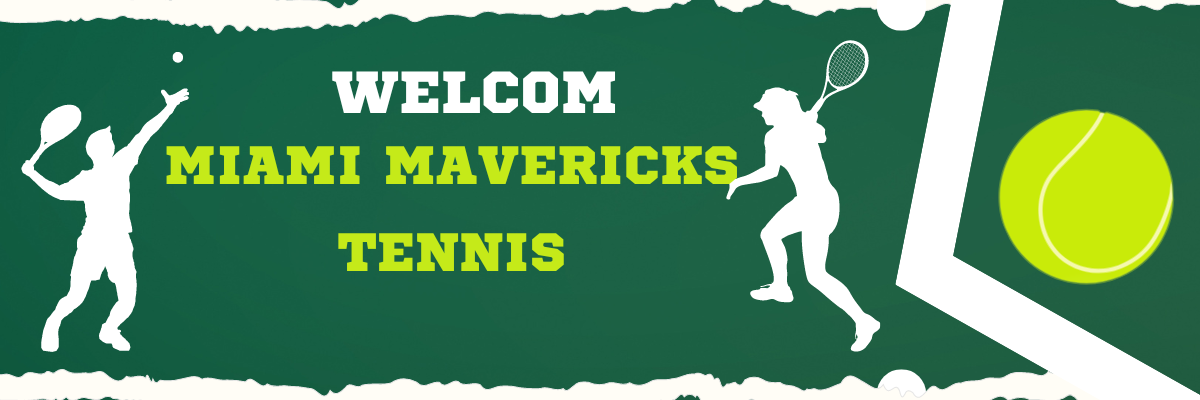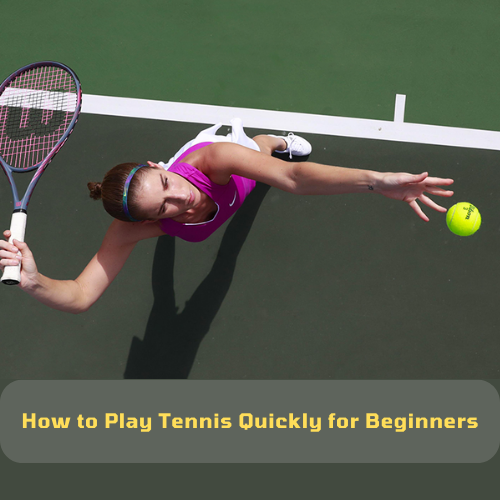Are you eager to learn how to play tennis? Whether you’re a complete beginner or looking to improve your skills, this comprehensive guide will provide you with everything you need to know. From the basic rules of tennis to essential equipment and different strokes, we’ve got you covered. Let’s dive in and get you started on your tennis journey!
Table Of Contents
Who Should Play Tennis?
Tennis is a sport that can be enjoyed by people of all ages and skill levels. Whether you’re a young child, a teenager, or an adult, tennis offers a fantastic opportunity to stay active, improve your fitness, and have fun.
The Benefits of Playing Tennis
Playing tennis has numerous benefits for both your physical and mental well-being. It helps improve cardiovascular fitness, builds strength and agility, enhances hand-eye coordination, and promotes overall endurance. Additionally, tennis is a social sport that allows you to meet new people, make friends, and develop valuable teamwork skills.

What Equipment is Needed to Play Tennis?
Contrary to popular belief, you don’t need fancy equipment or a club membership to start playing tennis. Here are the essential items you’ll need:
- Tennis Racket: Choose a racket that suits your skill level and playing style. Beginners should opt for a lightweight racket with a larger head for more power and forgiveness.
- Tennis Balls: Invest in a can of tennis balls to practice with. Opt for balls specifically designed for beginners, as they have a slower speed and extra bounce.
- Tennis Shoes: Wear comfortable tennis shoes with good traction to ensure stability and prevent injuries on the court.
- Comfortable Clothing: Dress in lightweight, breathable clothing that allows for a full range of motion. Choose moisture-wicking fabrics to stay dry during intense matches.
How Do You Play Tennis? The Basic Rules of Tennis
Before stepping onto the court, it’s crucial to familiarize yourself with the basic rules of tennis. Here’s a simplified overview:
- How to Start a Tennis Game: To begin a game, players toss a coin or spin a racket to determine who serves first.
- The Sequence of a Tennis Game: A tennis game consists of points, games, sets, and matches. To win a game, you must score four points and be ahead by at least two points. A set is won by the player who reaches six games with a two-game advantage. Matches are typically best-of-three or best-of-five sets.
- Tennis Scoring: The scoring system in tennis can be a bit confusing at first. The points are as follows: Love (zero), 15, 30, 40, and game. If both players reach 40, it’s called deuce. From deuce, a player must win two consecutive points to win the game.
- Tennis Learning Tips: There are different variations of tennis, such as doubles and singles. Doubles involves two teams of two players each, while singles is a one-on-one match. Consider trying both formats to enhance your skills and adapt to different playing styles.

Types of Tennis Strokes
Mastering various tennis strokes is essential to becoming a well-rounded player. Here are the key strokes you should focus on:
- Serving: The serve is the first shot of every point. It involves hitting the ball over the net and into the diagonal service box on the opposite side of the court.
- Forehand: The forehand stroke is executed by swinging the racket across your body from the dominant side, usually with a closed grip. It’s one of the most powerful shots in tennis.
- Backhand: The backhand stroke involves hitting the ball on the non-dominant side of your body. There are two types of backhand shots: the one-handed backhand and the two-handed backhand.
- Volley: A volley is when you hit the ball in the air before it bounces on the ground. It requires quick reflexes and good hand-eye coordination.
- Overhead: The overhead stroke is used when the ball is high above your head. It’s commonly used to return lobs or smash the ball down aggressively.
- Lob: A lob is a defensive shot that sends the ball high into the air, aiming to clear the opponent at the net.
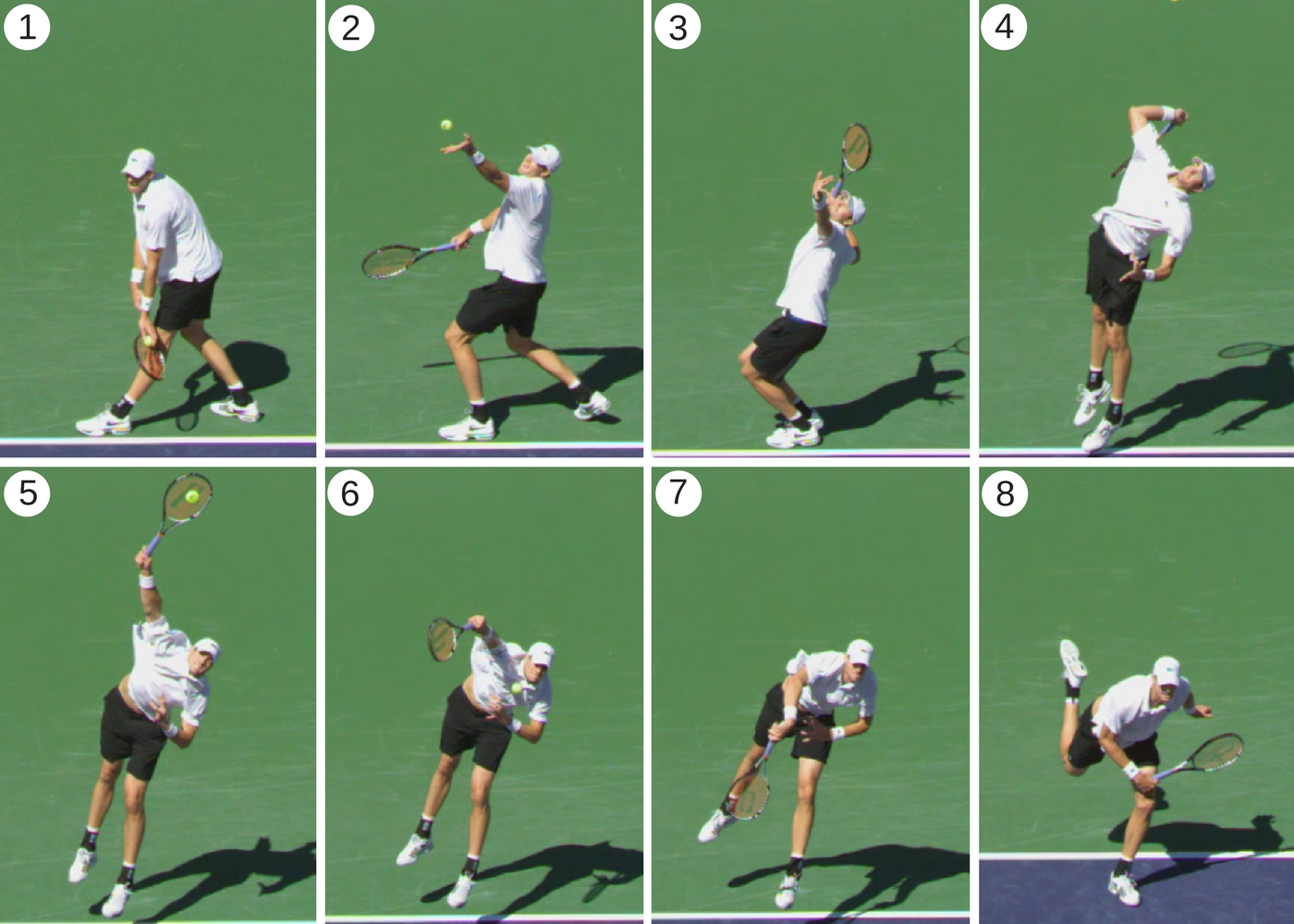
How to Serve the Ball Tennis
The serve is a crucial part of tennis and can greatly impact the outcome of a game. Follow these steps to improve your serving technique:
- Stand behind the baseline, with one foot slightly in front of the other.
- Hold the ball in your non-dominant hand and the racket in your dominant hand.
- Toss the ball slightly in front of you and slightly to the side.
- As the ball reaches its highest point, swing your racket forward, making contact with the ball in a smooth, fluid motion.
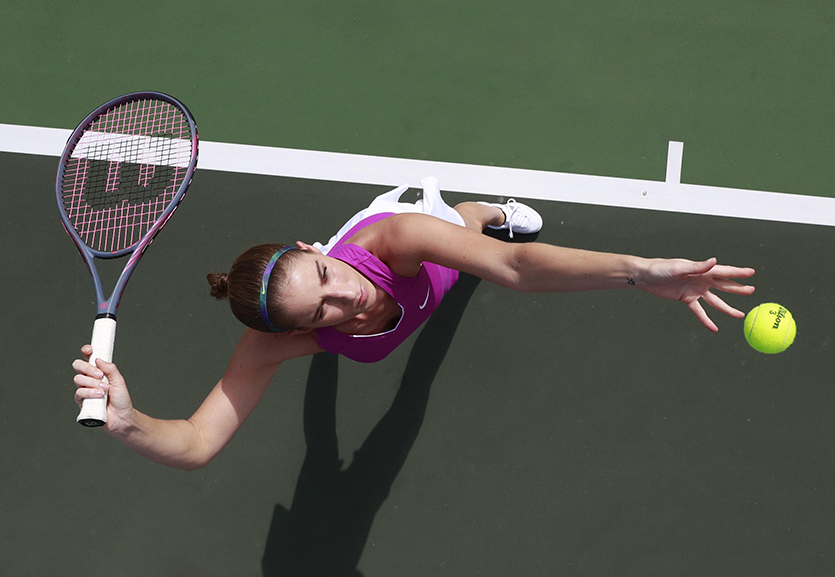
Tennis Court Lines
Understanding the various lines on a tennis court is essential for proper gameplay. Here are the key lines you should be familiar with:
- The Baseline: This is the back boundary line of the court, from which players serve and receive.
- Service Box: The service boxes are located on either side of the net. Players must serve the ball into the diagonal service box on the opponent’s side.
- Singles’ Sideline: The singles’ sideline marks the boundary for singles matches. The ball must land within these lines to be considered in play.
- Doubles’ Sideline: The doubles’ sideline marks the boundary for doubles matches. It extends farther out from the singles’ sideline.
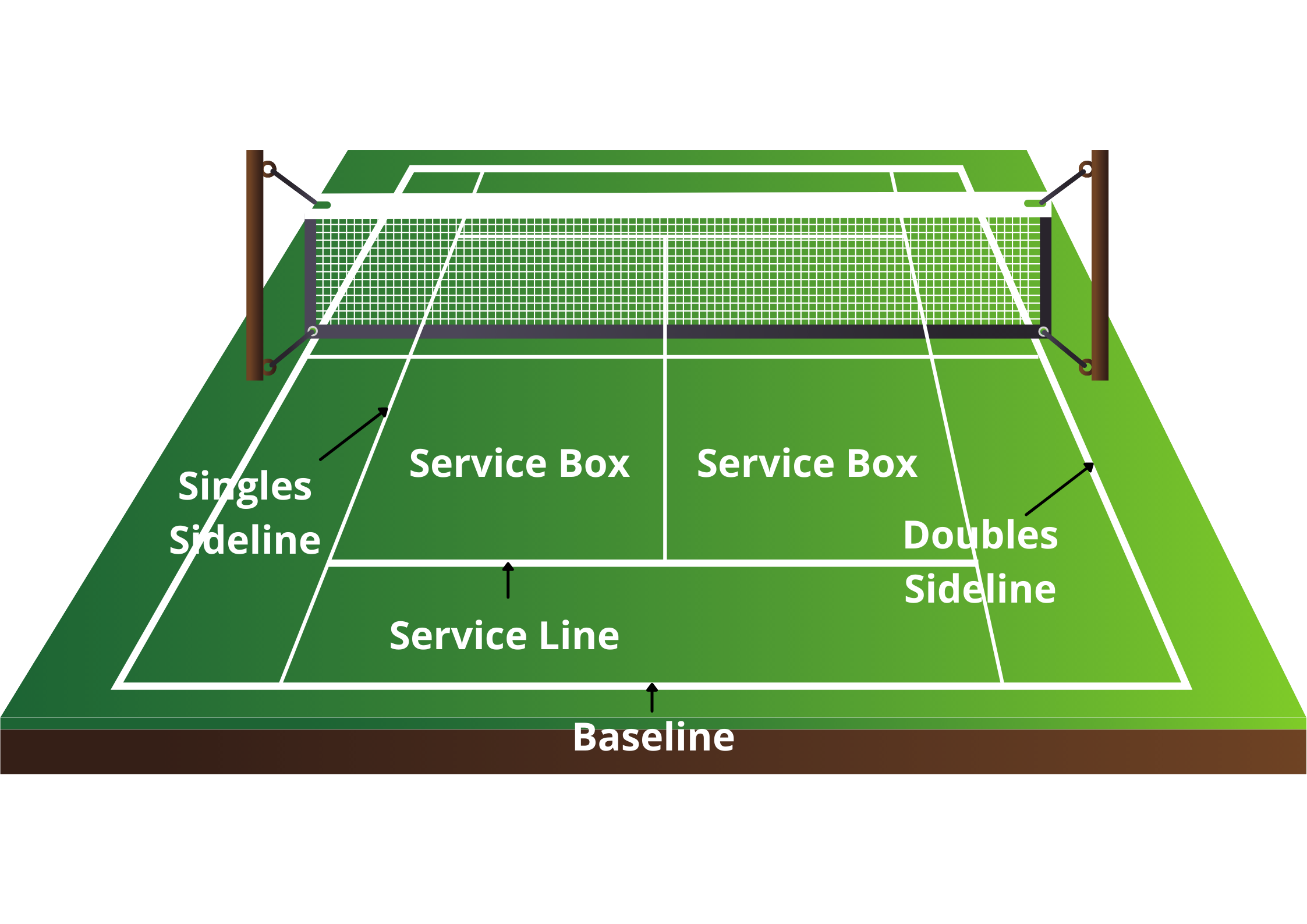
Tennis Etiquette
When playing tennis, it’s important to observe proper etiquette. Here are a few guidelines to keep in mind:
- Extra Balls on the Court: If a ball from another court enters your playing area, stop the game and return the ball to the players on the other court.
- Make Honest Calls: It’s crucial to make fair and honest calls. If you’re unsure about a call, it’s better to give your opponent the benefit of the doubt.
- Keep Track of Scoring: Stay engaged with the game and keep track of the score. It’s essential to call out the score before each serve.
- Play a Let: If a point is interrupted by an outside disturbance, such as a ball rolling onto the court, it’s considered a let. The point is replayed.

Are you ready to play?
Now that you have a solid understanding of how to play tennis, it’s time to grab your racket, find a partner, and hit the court! Remember to practice regularly, stay patient, and have fun. Tennis is a sport that offers endless opportunities for improvement and enjoyment. So, get out there and embrace the thrill of the game!
FAQs
- How long does it take to learn tennis?
The time it takes to learn tennis varies from person to person. With regular practice and dedication, beginners can start playing matches within a few months.
- Do I need to take tennis lessons?
While it’s not necessary to take formal lessons, they can significantly accelerate your learning process and help you develop proper technique and strategy.
- Can I play tennis if I don’t have a partner?
Absolutely! While tennis is commonly played in pairs, you can also practice and improve your skills by hitting against a wall. This solo practice can enhance your control and consistency.
- Are there tennis tournaments for beginners?
Yes, there are various tournaments and competitions specifically designed for beginners. Participating in these events can provide valuable experience and help you gauge your progress.
Remember, learning tennis is a journey. Embrace the challenges, stay consistent, and never stop improving. With time and practice, you’ll become a skilled tennis player ready to take on new challenges on the court. Good luck and enjoy the game!
